 montagem - Torres Vedras
montagem - Torres Vedras
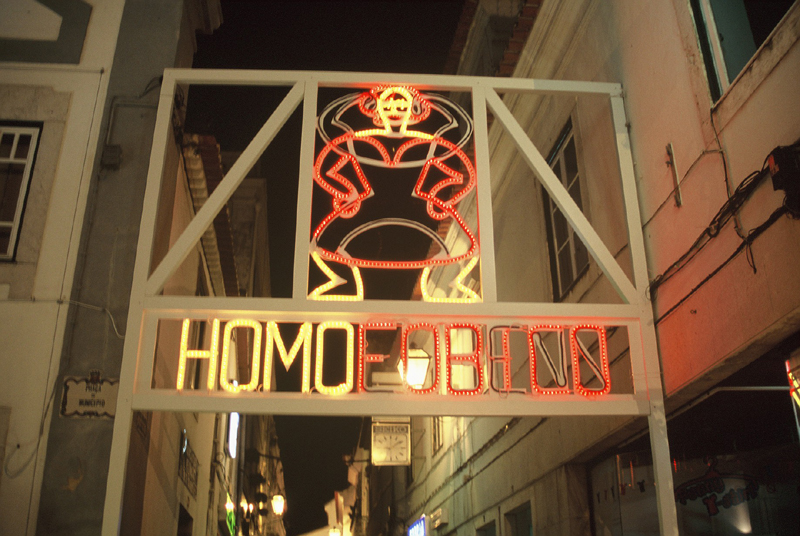 homoludens / Homofóbico - Torres Vedras
homoludens / Homofóbico - Torres Vedras
 homoludens / Homofóbico - Torres Vedras
homoludens / Homofóbico - Torres Vedras
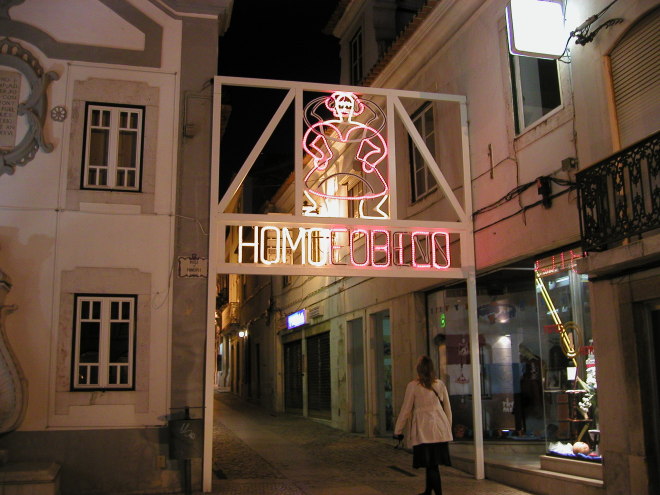 homoludens / Homofóbico - Torres Vedras
homoludens / Homofóbico - Torres Vedras
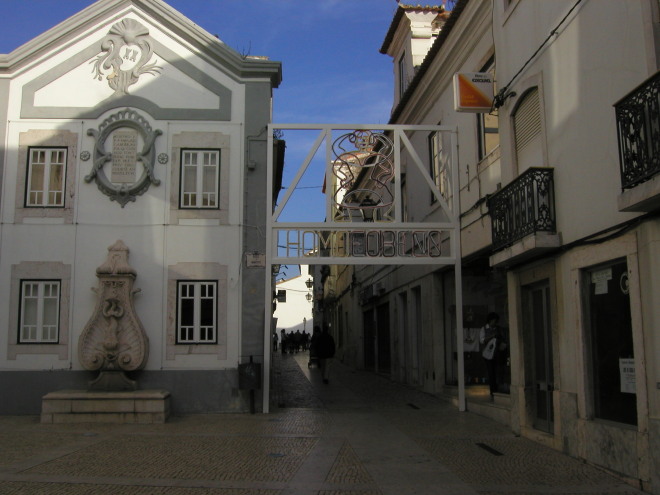 homoludens / Homofóbico - Torres Vedras
homoludens / Homofóbico - Torres Vedras
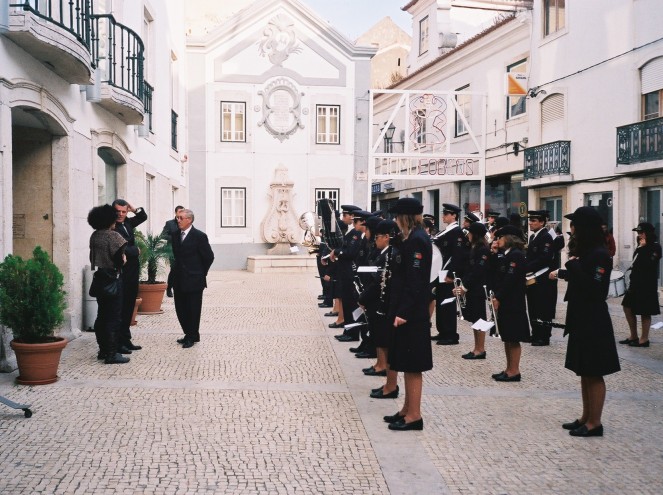 arruada - Torres Vedras
arruada - Torres Vedras
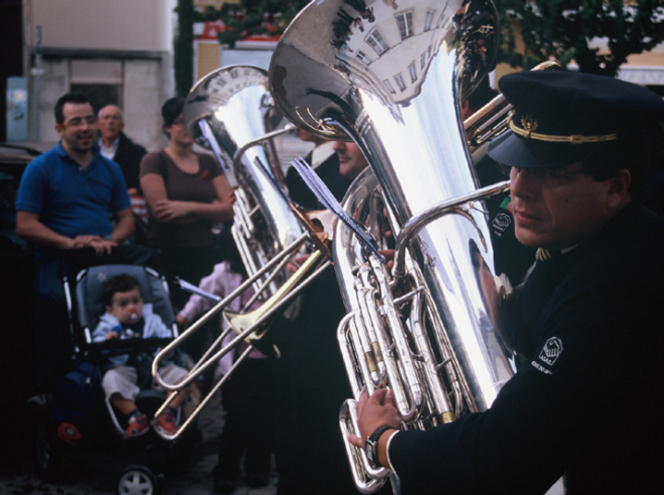 arruada - Torres Vedras
arruada - Torres Vedras
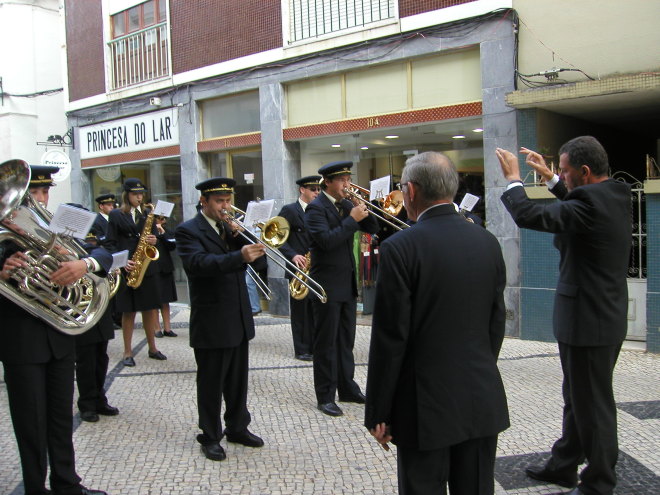 arruada - Torres Vedras
arruada - Torres Vedras
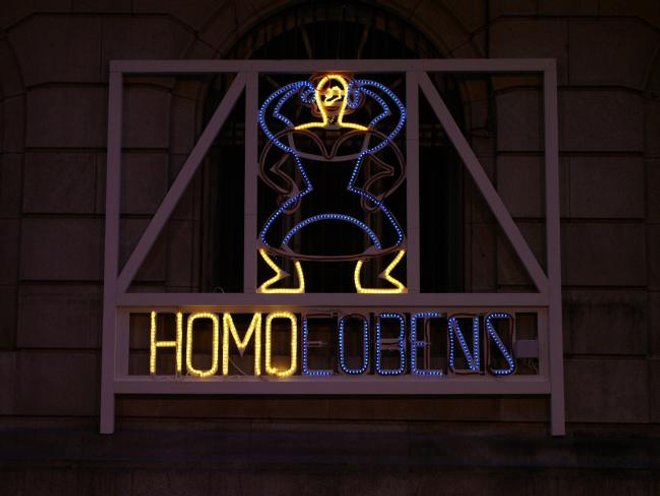 Outonarte, Irmos de Escaparates - Coruna - Spain 2009
Outonarte, Irmos de Escaparates - Coruna - Spain 2009
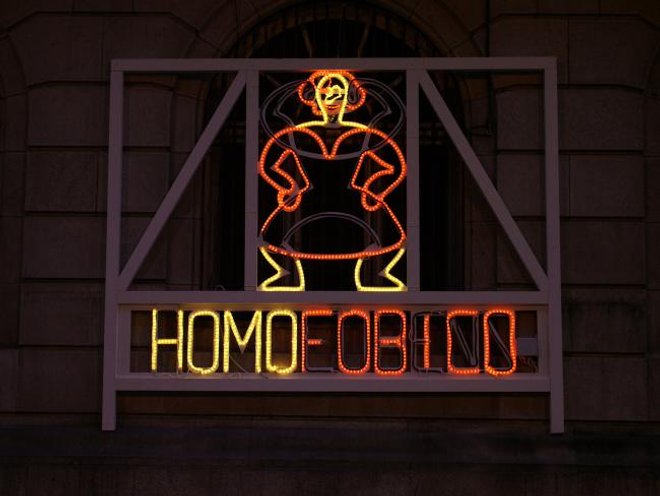 Outonarte, Irmos de Escaparates - Coruna - Spain 2009
Outonarte, Irmos de Escaparates - Coruna - Spain 2009
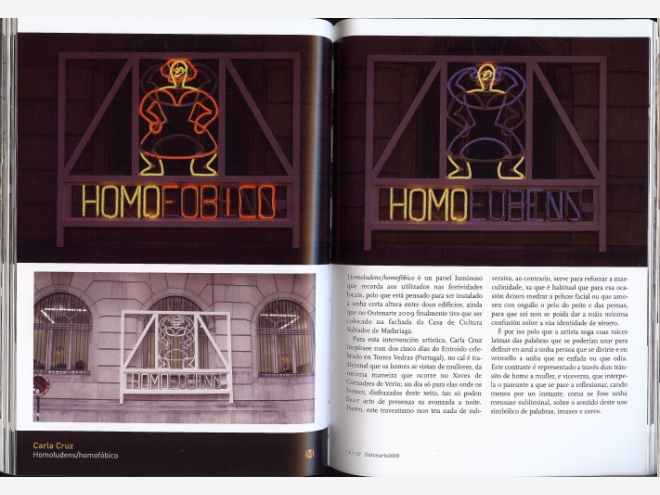 Outonarte, Irmos de Escaparates, catalogue, Spain 2009
Outonarte, Irmos de Escaparates, catalogue, Spain 2009
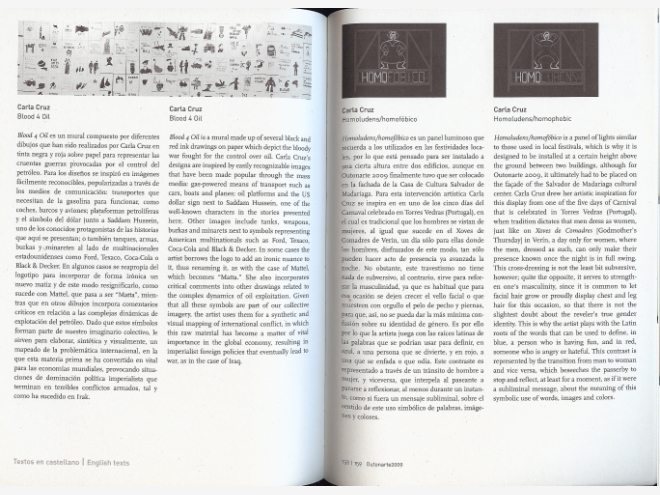 Outonarte, Irmos de Escaparates, catalogue, Spain 2009
Outonarte, Irmos de Escaparates, catalogue, Spain 2009
“The recourse to photography and video, in the form of a document, and to sculpture and drawing, serve the performing and conceptual objectives incorporated within Carla Cruz’s work, rather than constituting a form or a style in their own right. The confrontation with various audience groups- specialised or commonplace, and participatory or involuntary- and with institutions of power, culture or other social interests,are the complexities underlying her working process. This action cannot exclude the issue of gender, given that she is a female artist. This affirmation may appear reductive but, on the contrary, it is fundamental for construction of the core of the artist’s work, together with her own body. The demarcation of her sexual identity is in clear offensive negotiation with the deconstruction of instituted sexual identity. In previous projects, in which she dressed up as a man, Masculinity (2003), or a feminine women, Transvestite/feminine (2002), or in Could you do for me with your hands…? (2001-02), the artist destabilises our beliefs concerning gender stereotypes: what does it mean to be a woman? What does it mean to be a man? What happens between the two? Given that construction of gender identity is more a question of social and historical factors than biological or physical factors, there are countless desirable possibilities that cannot solely be framed within this dichotomy.
For the exhibition in Torres Vedras, the artist proposes Homoludens/Homophobic (2007),a luminous panel that interacts with passers-by. This rough illuminated panel, typical of rural festivities, alternates between the figures of a man and a woman. We are questioned, in the brief moment of passage between the two, when the man transforms into a woman, and the woman transforms into a man. It is precisely by means of this device that we realise that power not only must be seized by those who have none, it must also be relinquished by those who old it. The anthem, Y.M.C.A.(1978) by the Village People, is stealthily inserted within the natural repertoire of a phillarmonic band, thus transgressing our implanted heterocentric norms and obliging promotion of homosexuality.
This dual action promotes comforting recognition for some people, while forcing other people’s preconceived ideas and homophobic attitudes to come out of the closet, thereby revealing the fact that secret pockets of resistance still exist to be building of a more just and egalitarian society. The document/video Street Festival (2007), conceived by Carla Cruz with the collaboration of the Ponterrolense Youth Band, was the manner found in order to demonstrate this event, nonetheless maintaining its interventive form” Hugo Dinis
